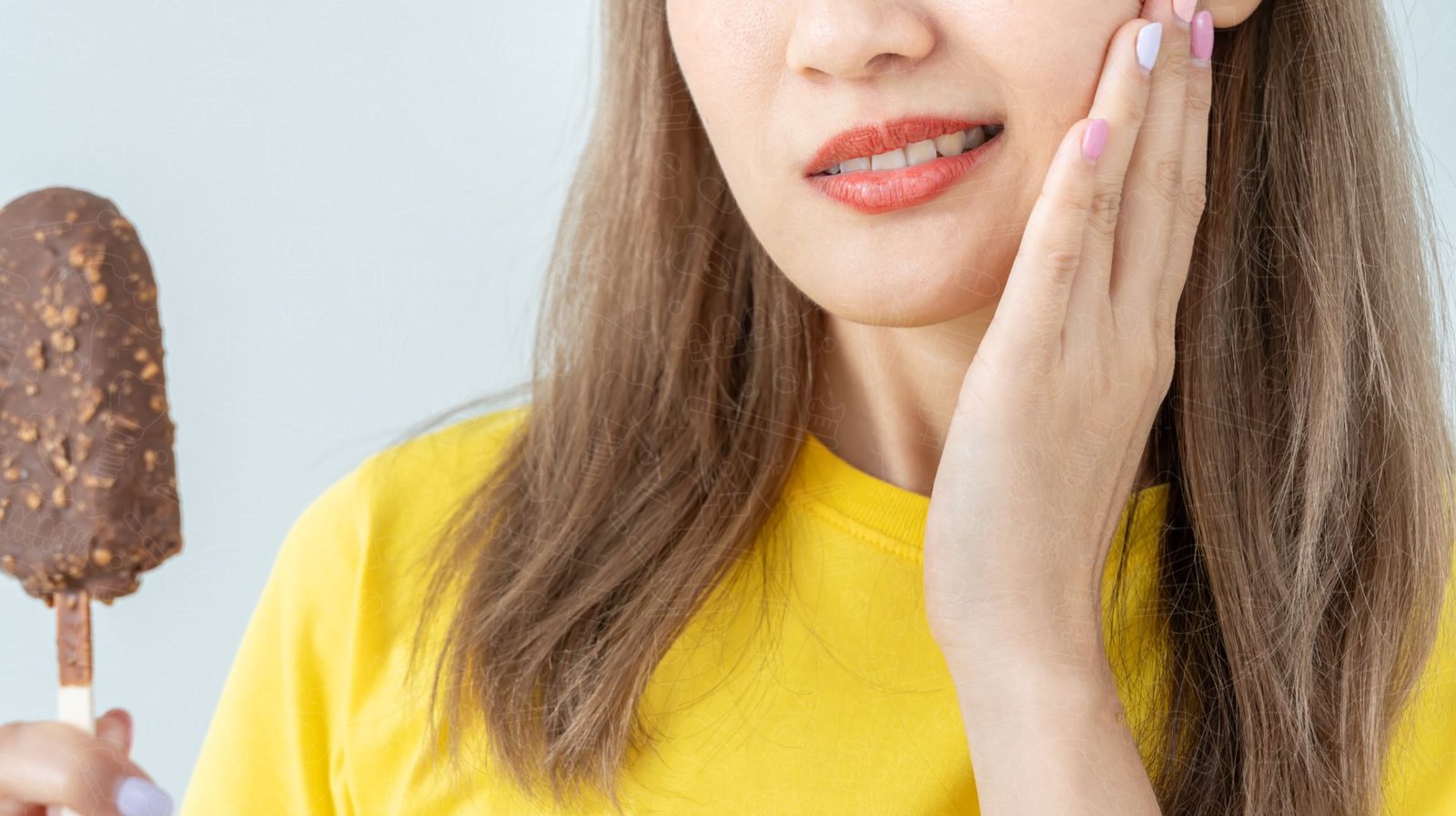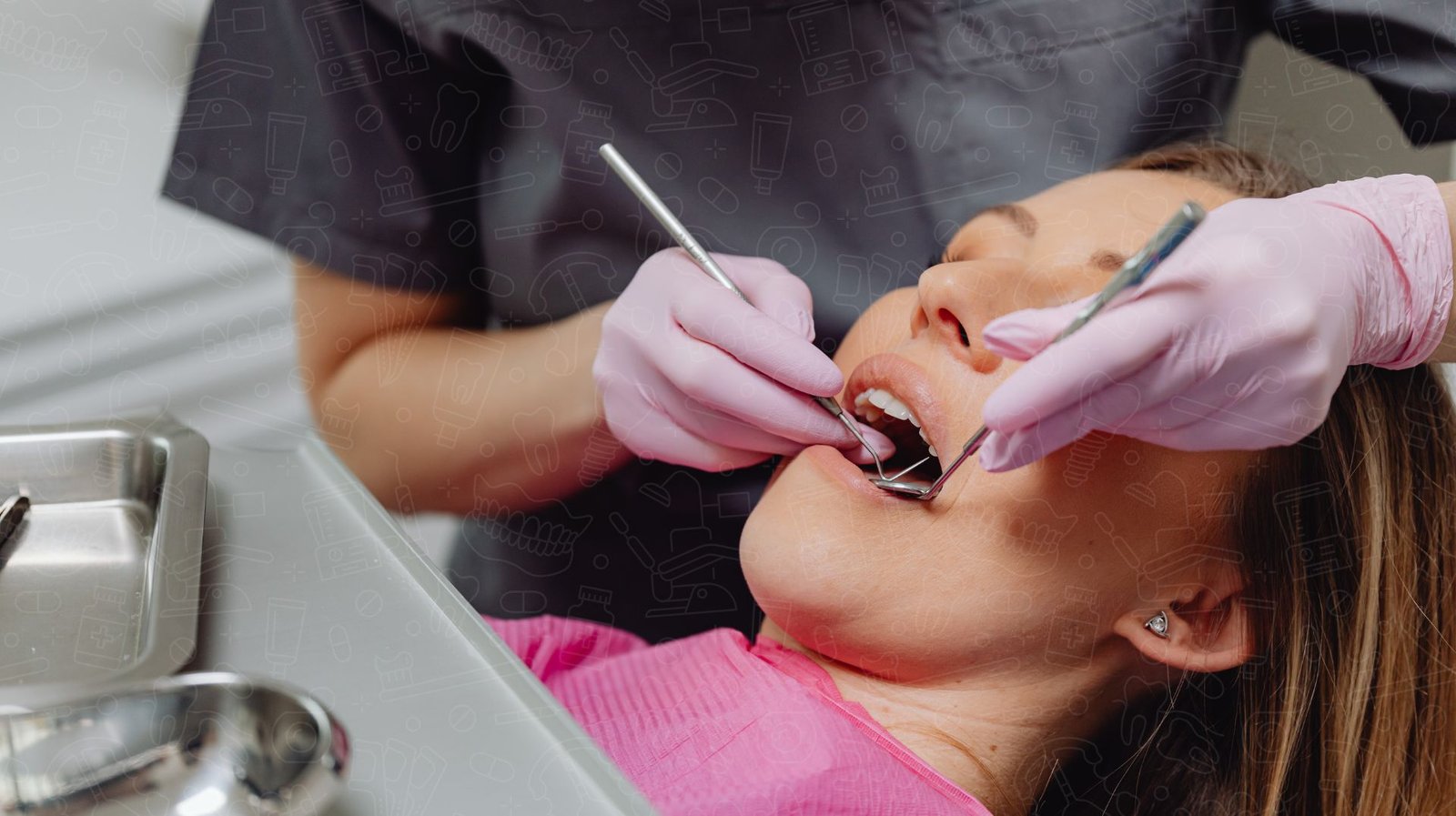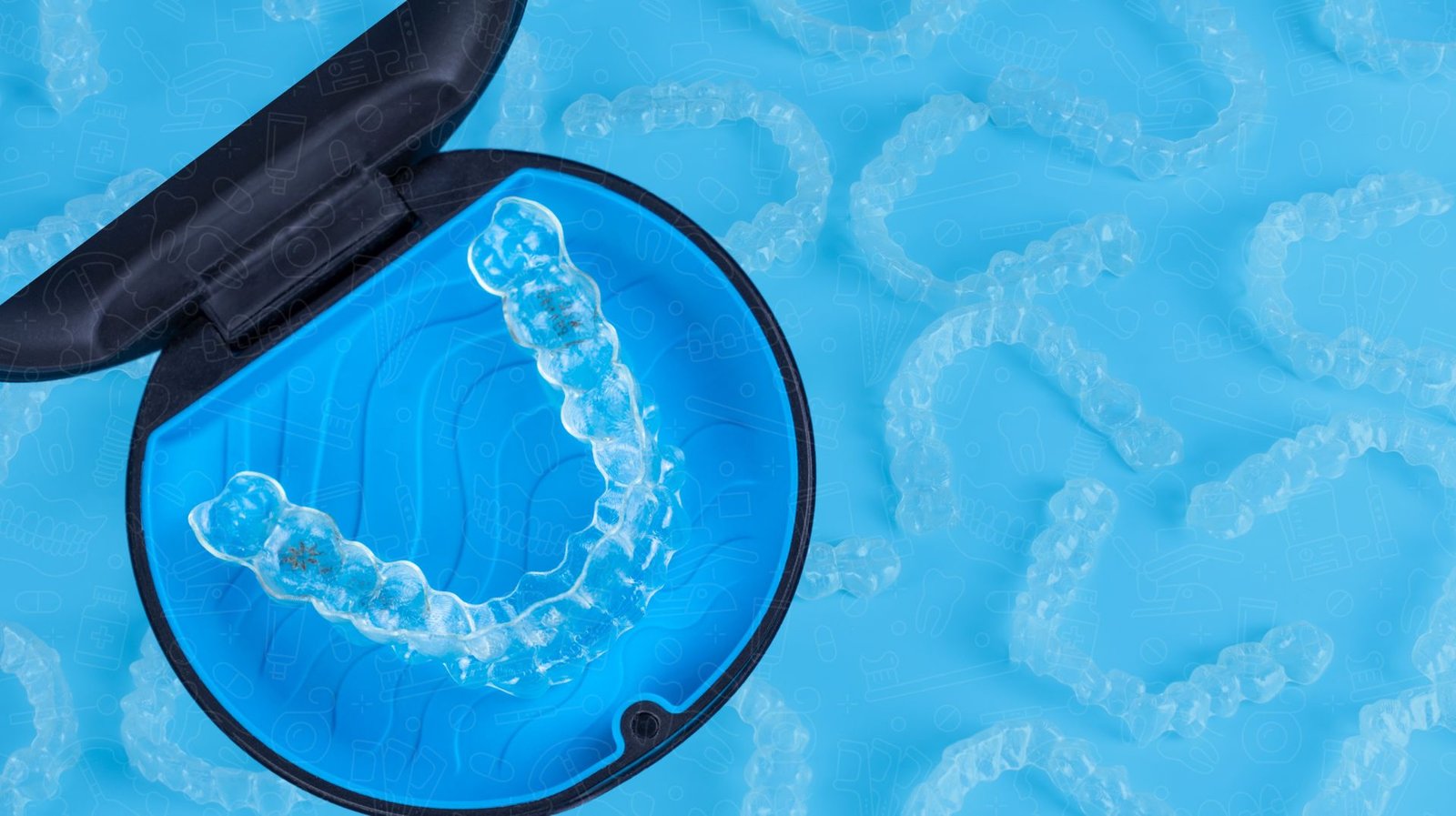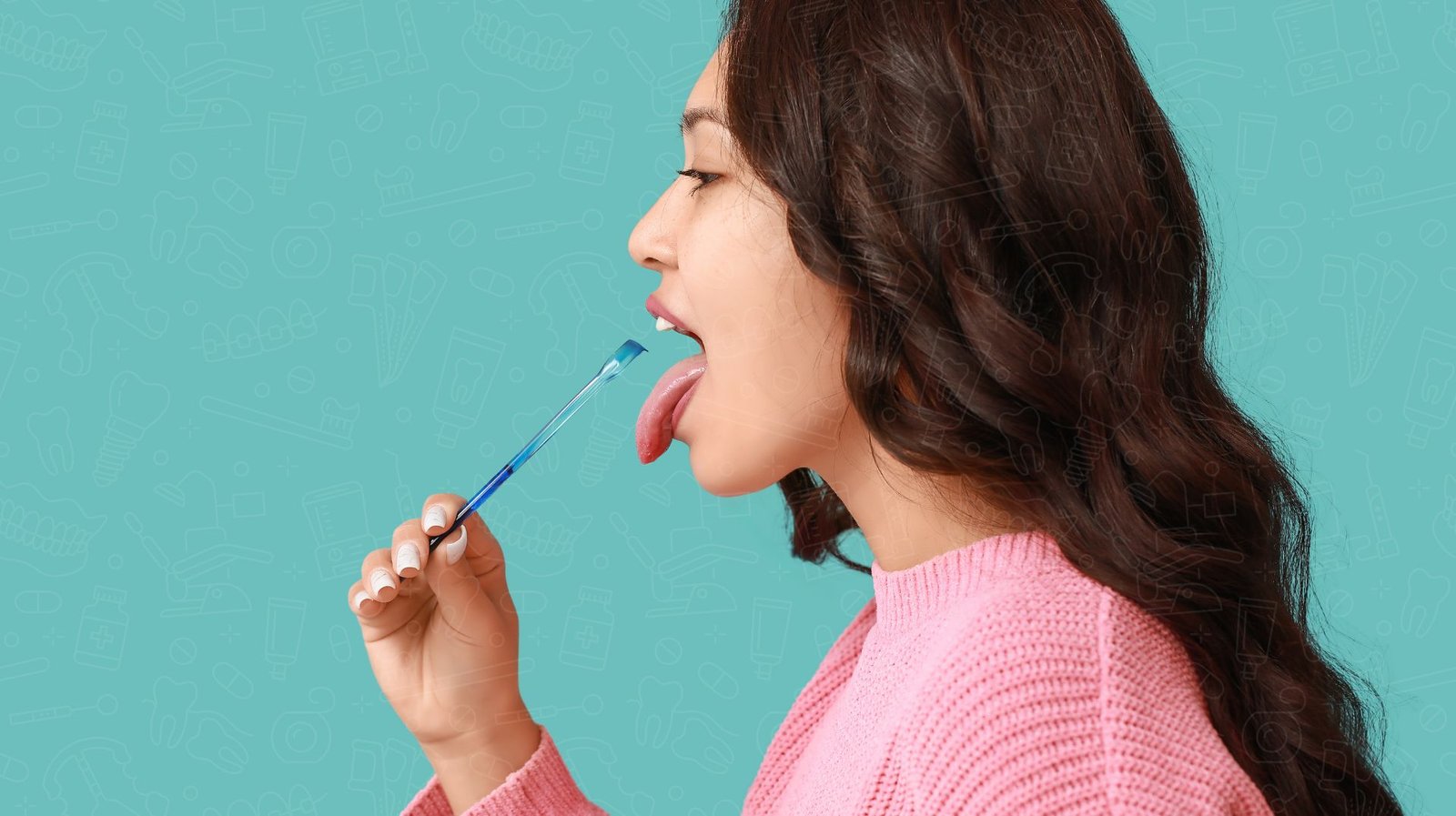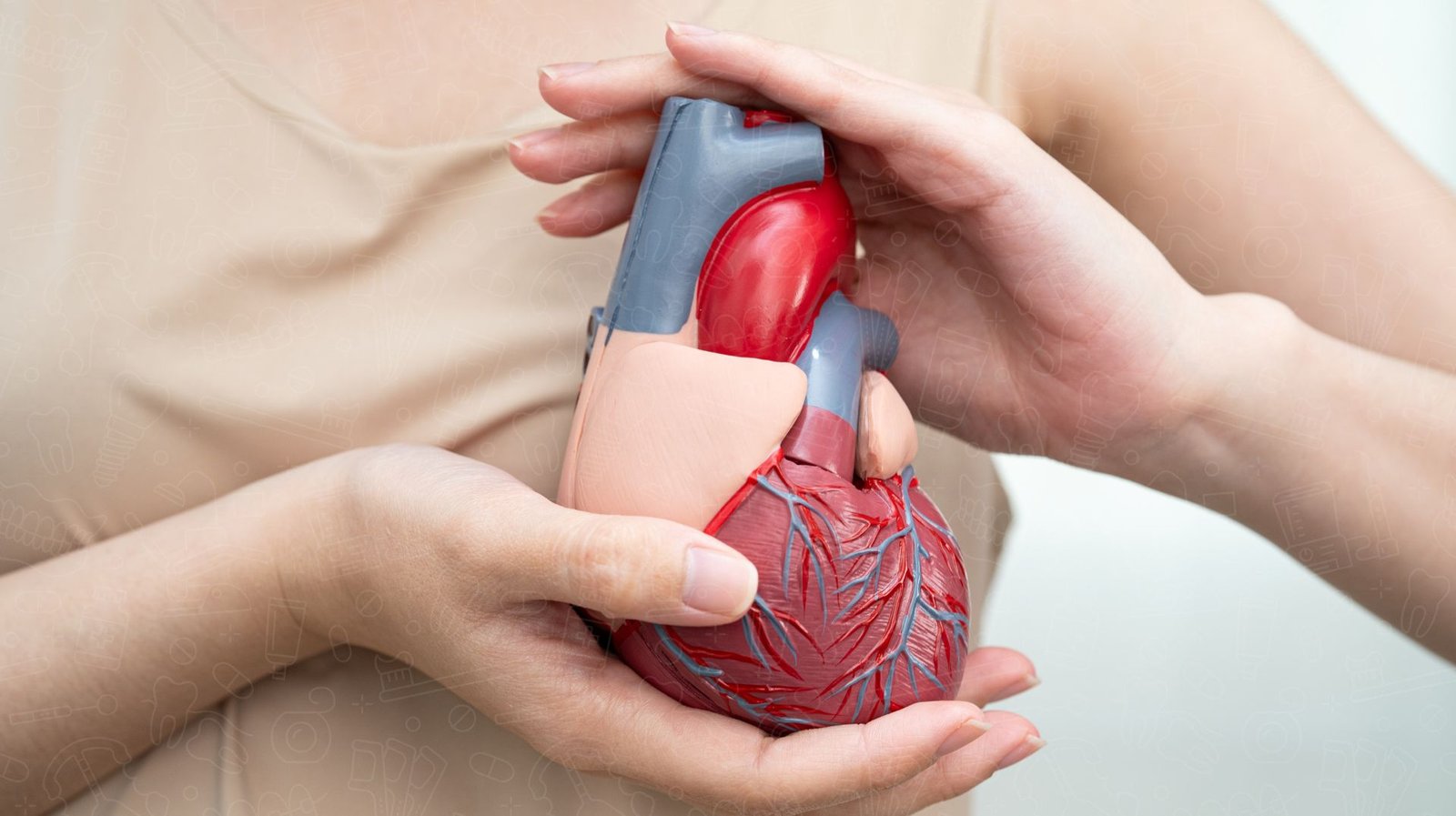Introduction
The foundation of excellent oral health lies in effective tooth brushing techniques. A proper tooth brushing method not only protects against plaque buildup, a primary contributor to cavities and gum disease, but also enhances overall wellness. Many individuals underestimate the critical role that proper tooth brushing plays in their daily hygiene routines, which may lead to various dental issues and unwanted complications. Such concerns highlight the need for education on the correct practices for maintaining a healthy mouth and radiant smile.
In this article, readers will discover that mastering the right techniques is essential for effective plaque removal and gum care. The nuances of timing, pressure, and brushing angles will be thoroughly explored, alongside insights into common brushing mistakes that could jeopardize oral health. Furthermore, the content delves into choosing suitable dental products, such as toothbrushes and toothpaste, to maximize effectiveness.
The article is tailored not only for adults looking to enhance their oral hygiene but also for parents interested in instructing their children on healthy brushing habits. By embracing the recommended practices, individuals can boost their oral health and reduce the risk of future dental complications. As the journey towards optimal oral hygiene begins with understanding, this comprehensive guide aims to illuminate the importance of proper tooth brushing techniques for a healthier, brighter smile.
Importance of Proper Tooth Brushing Technique
The significance of using the correct tooth brushing technique cannot be overstated when it comes to maintaining oral health. A well-executed brushing method is vital for the removal of plaque, a sticky film of bacteria that forms on teeth and can lead to cavities and gum disease if not adequately addressed. Proper brushing not only helps to prevent such dental problems but also promotes fresher breath and contributes to overall systemic health, as poor oral hygiene has been linked to various health issues.
Inadequate brushing techniques, such as applying too much pressure or using the wrong angle, can result in ineffective plaque removal and may even cause gum irritation or enamel wear. Therefore, mastering the right technique is essential. Dentists often recommend a gentle but thorough approach that includes brushing all surfaces of the teeth—front, back, and chewing surfaces—while also paying attention to the gum line where plaque accumulation is common.
Additionally, understanding the importance of timing and consistency in brushing reinforces the positive effects on oral hygiene. For optimal results, individuals should aim to brush at least twice a day for two minutes each time. Overall, a proper tooth brushing technique is a foundational component of preventive dental care, allowing individuals to maintain healthier smiles throughout their lives.
Step-by-Step Guide to Proper Tooth Brushing Technique
To achieve optimal oral hygiene, understanding the correct tooth brushing technique is essential. This detailed guide outlines the necessary steps to ensure effective brushing. First, it is crucial to select a fluoride toothpaste that meets individual needs. Next, hold the toothbrush at a 45-degree angle to the gums. This angle enables the bristles to reach plaque and debris lurking along the gum line.
Begin by gently moving the toothbrush back and forth in short (tooth-wide) strokes. It is important to brush the outer surfaces of the teeth, followed by the inner surfaces, applying light pressure to avoid gum damage. Additionally, don’t forget to brush the chewing surfaces thoroughly, as these areas often trap food particles.
For optimal effectiveness, each session should last at least two minutes. To keep track of time, many individuals find it helpful to use a timer or choose a favorite song to brush along with. Finally, it is necessary to replace the toothbrush every three to four months, or sooner if the bristles are frayed.
By adhering to this step-by-step technique, individuals can significantly enhance their oral health and reduce the risk of cavities and gum disease. Establishing a consistent brushing routine is a vital aspect of preventing dental issues and maintaining a bright and healthy smile.
Common Mistakes to Avoid When Brushing Teeth
Many individuals unknowingly commit mistakes during their tooth brushing routine that can undermine their dental health. One prevalent error is using excessive force while brushing. This can lead to enamel erosion and gum recession, both of which compromise oral health. Instead, a gentle, circular motion is recommended to effectively remove plaque without causing damage.
Another common mistake is neglecting to brush for the full recommended duration, often falling short of the ideal two minutes. Shortened brushing times can result in insufficient plaque removal, increasing the risk of cavities and gum disease. Utilizing a timer or an electric toothbrush with a built-in timer can help ensure complete coverage.
Moreover, many people forget to replace their toothbrush regularly, ideally every three to four months. An old toothbrush can harbor bacteria and lose its efficacy in cleaning teeth effectively. Choosing the right toothbrush, whether manual or electric, also plays a significant role in maintaining oral health.
Additionally, brushing immediately after consuming acidic foods or beverages can cause enamel damage. It is advisable to wait at least 30 minutes post-consumption to minimize this risk. Lastly, neglecting to brush all surfaces of the teeth is another common oversight. Ensuring that the front, back, and chewing surfaces are thoroughly cleaned is vital for optimal oral hygiene. By avoiding these pitfalls, individuals can significantly improve their dental care routine and enhance their oral health outcomes.
Choosing the Right Toothbrush and Toothpaste
Selecting the appropriate toothbrush and toothpaste is fundamental for effective oral hygiene. First, a toothbrush should have soft bristles to minimize gum irritation while effectively cleaning teeth. The size of the brush head is also important; a smaller head can reach tight spaces, ensuring complete coverage in the mouth. Electric toothbrushes can provide added benefits, including consistent pressure and built-in timers, which may enhance brushing efficiency.
When choosing toothpaste, individuals should look for products that contain fluoride, as it strengthens enamel and helps prevent cavities. There are various formulations available, including those designed for sensitive teeth, whitening options, and those that target specific conditions like gum disease. It’s crucial to avoid toothpaste containing abrasive agents that may damage tooth surfaces over time.
Additionally, individuals with specific oral health concerns, such as sensitive teeth or gum issues, may benefit from consulting with a dentist before making their selections. This ensures that the chosen toothbrush and toothpaste align with their personal dental needs.
Using the right dental tools not only improves the effectiveness of brushing but also supports long-term oral health, aiding in the prevention of dental issues down the line. By investing time in selecting quality toothbrushes and toothpaste, individuals can enhance their daily oral care routine and promote a healthier smile.
How Often and When to Brush for Best Results
Maintaining optimal oral hygiene requires an understanding of how often and when to brush teeth effectively. Dental professionals typically recommend brushing at least twice a day—once in the morning and once before bedtime. Brushing after meals can also be beneficial, particularly after consuming sugary or acidic foods, as this helps to remove harmful residues that cause tooth decay and gum disease.
The morning brushing session not only serves to clean the mouth after overnight bacterial growth but also aids in freshening breath for the day ahead. The evening brushing is crucial as it removes food particles and plaque that have accumulated throughout the day, reinforcing oral health while sleeping.
In addition to routine brushing, one should allow for adequate time spent brushing—ideally, two minutes per session. Utilizing a timer can help ensure that individuals dedicate enough focus on their oral care. Adjusting the timing of brushing can also enhance effectiveness; for instance, waiting at least 30 minutes after consuming acidic foods before brushing can prevent enamel erosion.
In essence, adhering to a consistent brushing schedule and timing enhances overall oral hygiene and minimizes the risk of dental issues. Individuals should consider personal routines and consult their dental care provider for tailored recommendations that promote effective habits for a healthier smile.
Teaching Children the Proper Tooth Brushing Technique
Parents play a pivotal role in establishing healthy oral hygiene habits in children. Teaching the proper tooth brushing technique from an early age not only fosters independence but also lays the groundwork for lifelong dental care. A good starting point is to make brushing a fun and engaging activity. This can be achieved through the use of colorful toothbrushes, kid-friendly toothpaste, and musical timers that encourage adequate brushing duration.
Instructing children on how to hold the toothbrush at a 45-degree angle to the gum line is crucial. This angle allows the bristles to effectively clean both the teeth and gum margins. Parents should demonstrate brushing techniques that emphasize gentle, circular motions instead of vigorous scrubbing, which can harm delicate gums. Additionally, parents can incorporate storytelling or songs to keep children motivated and reinforce the importance of brushing twice a day.
Creating a routine is essential. Parents should set aside time in the morning and before bed for brushing, emphasizing consistency. Allowing older children to choose their own toothbrush or toothpaste can also empower them and encourage responsibility toward their oral health. Monitoring their technique regularly will help ensure they are practicing good habits. By equipping children with the knowledge and skills for proper tooth brushing, parents can significantly reduce the risk of future dental issues and promote a positive attitude toward oral hygiene.
Conclusion
In conclusion, understanding and implementing proper tooth brushing techniques is essential for maintaining optimal oral health. The article has emphasized the importance of effective brushing methods, exploring aspects such as timing, pressure, and angles that contribute to comprehensive plaque removal and gum care. As highlighted, mastering these nuances not only protects against common dental issues like cavities and gum disease but also supports overall wellness.
Readers are encouraged to avoid common mistakes in their brushing routines, such as applying excessive force or neglecting to brush for the full recommended duration. The insights shared about selecting the right toothbrush and toothpaste further reinforce the significance of personalizing dental care to meet individual needs. For parents, instilling these habits in children is vital for fostering a lifetime of good oral hygiene.
By adhering to the best practices outlined in this article, individuals can significantly enhance their dental hygiene, leading to healthier smiles and potentially preventing future complications. Regular dental check-ups and being attentive to oral health signals complement these practices for a holistic approach to dental care. Overall, prioritizing effective tooth brushing techniques establishes a foundational habit that contributes to a brighter, healthier future.
